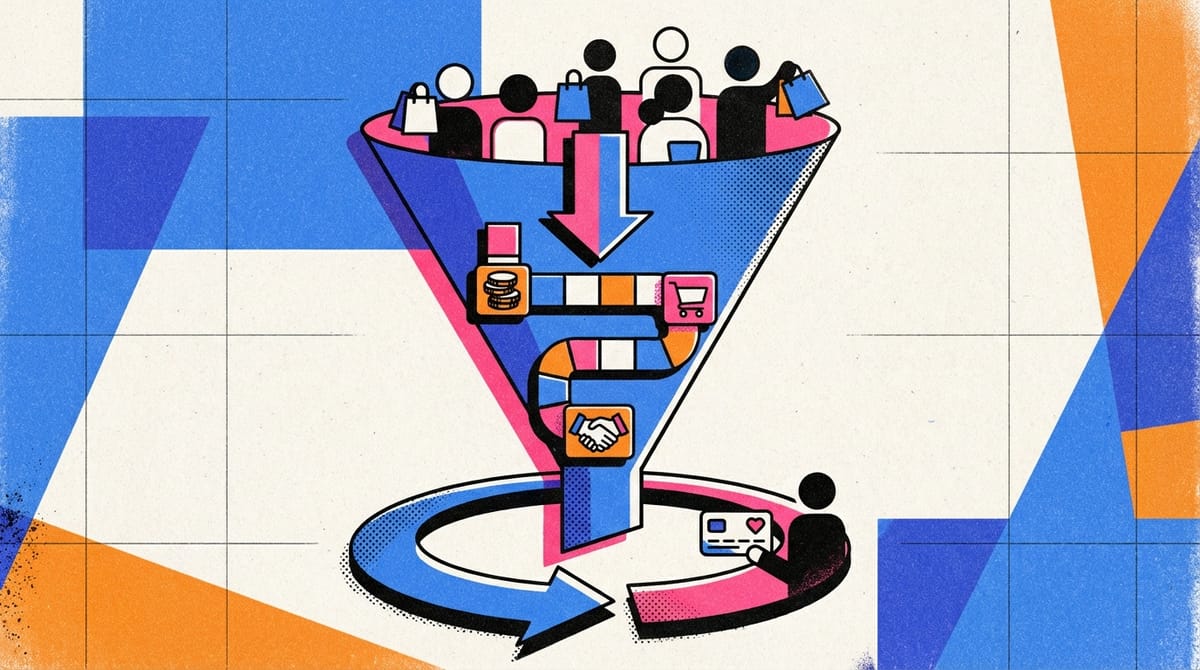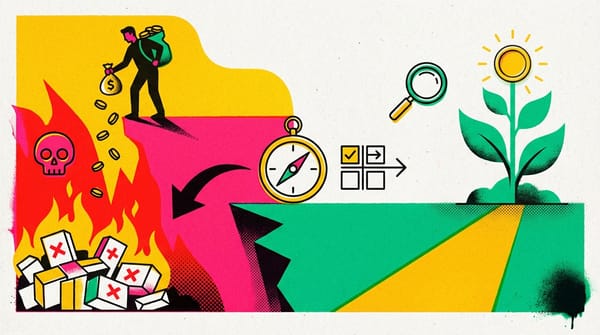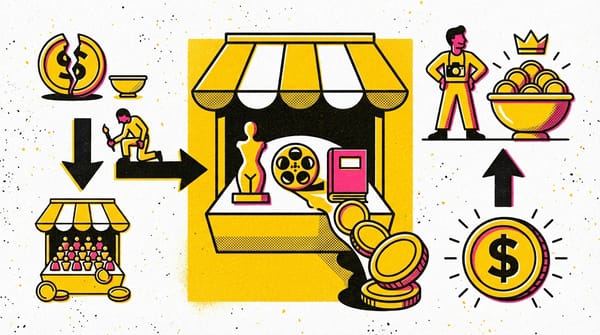The transaction game: How to increase your sales and retain customers
Discover strategies to boost sales and retain customers through the transaction game. Unlock your business's potential today!

The companies that operate mainly offline focus on increasing the number of transactions, where the exchange of value occurs between the business and the customer. For a product manager, this type of service can be called a "transaction game."
Typical representatives of these companies are Mercadona, Amazon, Shein, and Temu. Here we are dealing with a typical "transaction game." A visitor enters an online store, chooses a product (e.g., an iPhone), clicks on "buy," and a transaction occurs. The buyer transfers money, and in return, you provide an iPhone. The main metrics here are the number of purchases per user and the average ticket, which is typical of e-commerce.
The business model here is generally quite simple: the buyer pays for the product once. We strive to attract them to make repeat purchases using recommendation systems or sending beneficial offers for products available offline. This can include any product, from consumer goods to branded items.




